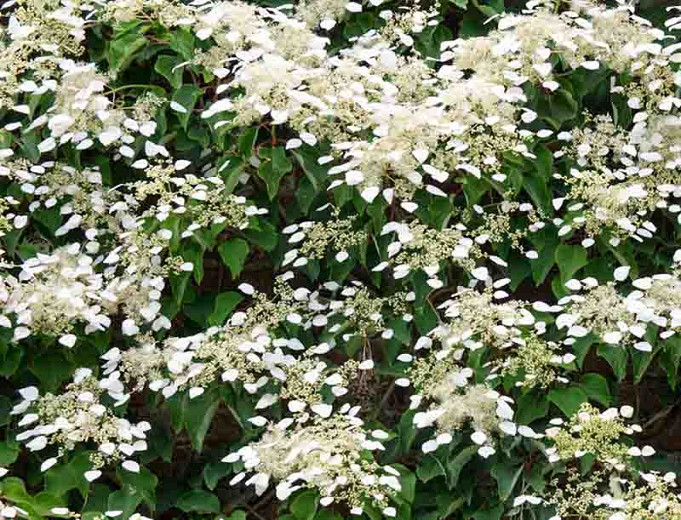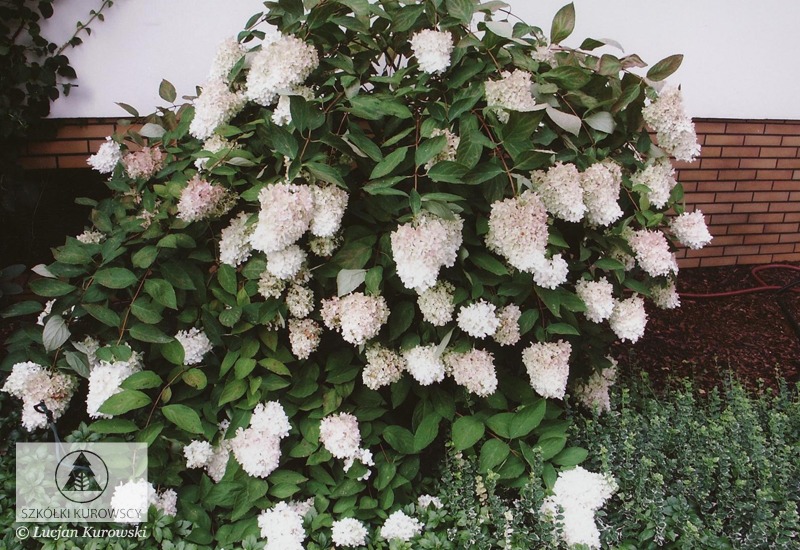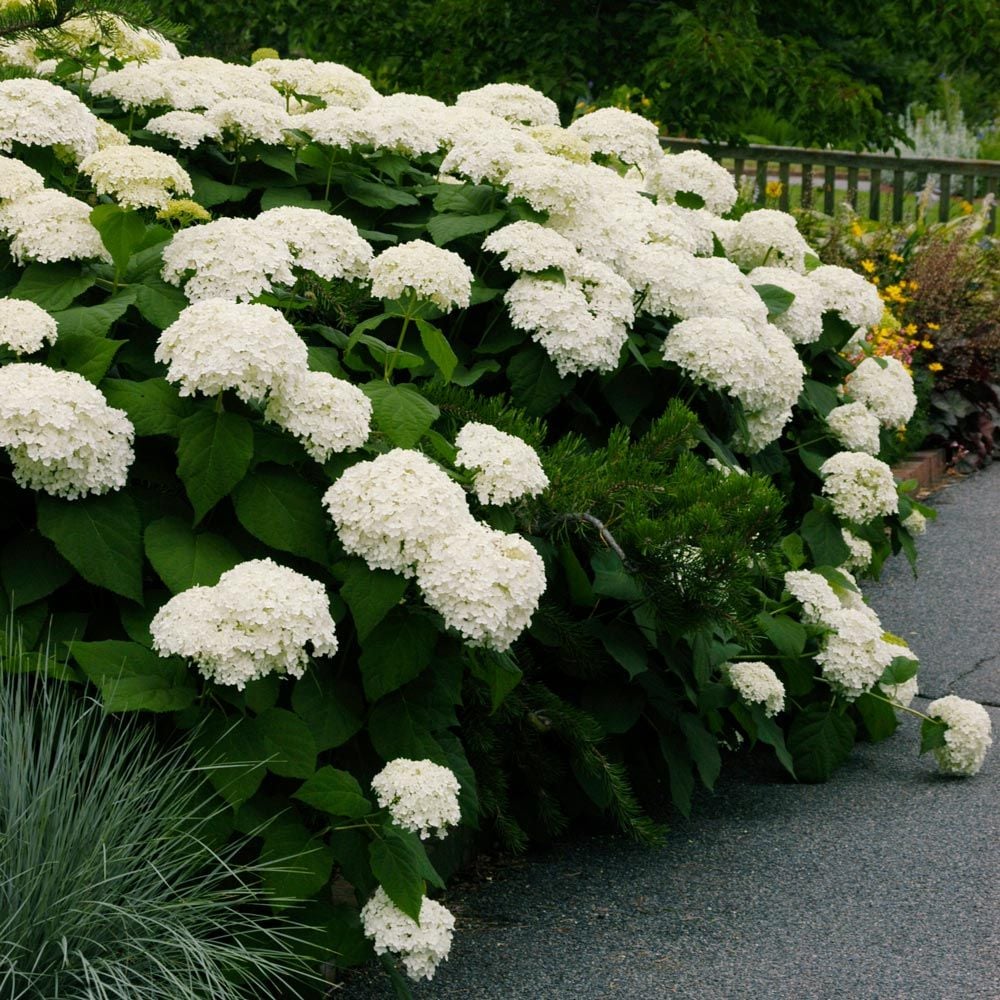The Original Hydrangea: The History And Care Of Hydrangea Japonica
Hydrangea japonica is a species of hydrangea native to East Asia, including Japan, China, and Korea. It is one of the most popular hydrangea species in the world, and is known for its large, showy flowers that can be blue, pink, white, or purple.
The history of hydrangea japonica dates back thousands of years. It was first cultivated in Japan, where it has been used in gardens and religious ceremonies for centuries. The Japanese name for hydrangea japonica, ajisai, means "water flower." This is because hydrangeas require a lot of water to thrive.
In the 18th century, hydrangea japonica was introduced to Europe, where it quickly became a popular garden plant. It was also introduced to North America in the early 19th century. Today, hydrangea japonica is grown all over the world, and there are many different cultivars available.
Hydrangea japonica is a relatively easy plant to care for. It prefers full sun to partial shade, and moist, well-drained soil. It is important to water hydrangeas regularly, especially during hot, dry weather. Hydrangeas can also be fertilized in the spring and summer to encourage flowering.
The color of hydrangea flowers is affected by the acidity of the soil. In acidic soil, hydrangeas will typically bloom blue flowers. In alkaline soil, hydrangeas will typically bloom pink flowers. You can change the color of hydrangea flowers by adjusting the acidity of the soil.
Hydrangea japonica is a beautiful and versatile plant that can be enjoyed for many years with proper care. It is a great choice for adding color and interest to any garden.
Here are some additional tips for caring for hydrangea japonica:
- Prune hydrangeas in the spring, after they have finished flowering.
- Protect hydrangeas from winter cold by mulching the soil around the plants.
- Water hydrangeas deeply and regularly, especially during hot, dry weather.
- Fertilize hydrangeas in the spring and summer with a balanced fertilizer.
- Deadhead spent flowers to encourage new blooms.
- Repot hydrangeas every few years, as they outgrow their containers.
With proper care, hydrangea japonica will thrive for many years to come.
The original hydrangea is the Endless Summer Hydrangea. It is a beautiful shrub that blooms both on the previous year's branches as well as the new season's growth. This means that you can enjoy its flowers for a longer period of time. The color of the blooms can vary depending on the soil pH, so you can amend your soil with an acid fertilizer in the early spring to get the color you want.
To learn more about the original hydrangea, visit Home Gardening.
FAQ of the original hydrangea
- What is the original hydrangea?
The original hydrangea is a species of hydrangea native to Japan. It is known for its large, showy flowers that can be pink, blue, or white. The flower color is determined by the pH of the soil, with alkaline soils producing blue flowers and acidic soils producing pink flowers.
- What is the origin of the hydrangea flower?
The hydrangea flower is thought to have originated in Japan, where it has been cultivated for centuries. Ancient hydrangea fossils dating back to 40-65 million years ago have been discovered in North America, however, suggesting that the hydrangea flower may have originated there.
- What are the different types of hydrangeas?
There are over 70 species of hydrangeas, each with its own unique characteristics. Some of the most popular types of hydrangeas include:
* Hydrangea macrophylla: This is the most common type of hydrangea. It is known for its large, showy flowers that can be pink, blue, or white.
* Hydrangea paniculata: This type of hydrangea has large, conical flowers that can be white, pink, or purple.
* Hydrangea arborescens: This type of hydrangea has smaller, lacecap flowers that can be white, pink, or blue.
* Hydrangea serrata: This type of hydrangea has small, star-shaped flowers that can be white, pink, or blue.
- How do I care for a hydrangea plant?
Hydrangea plants are relatively easy to care for. They need full sun to partial shade and well-drained soil. They should be watered regularly, especially during hot, dry weather. Hydrangea plants can be pruned in the spring to shape the plant and encourage new growth.
- What are some common problems with hydrangea plants?
Some of the most common problems with hydrangea plants include:
* Leaf spot: This is a fungal disease that causes brown spots on the leaves. It can be treated with a fungicide.
* Aphids: These small insects can suck the sap from hydrangea leaves, causing them to wilt and turn yellow. They can be controlled with insecticidal soap or neem oil.
* Scale insects: These small, oval insects can attach themselves to hydrangea stems and leaves, sucking the sap. They can be controlled with a horticultural oil or insecticidal soap.
- How can I change the color of my hydrangea flowers?
The color of hydrangea flowers can be changed by adjusting the pH of the soil. Blue hydrangeas will bloom pink in acidic soil, while pink hydrangeas will bloom blue in alkaline soil. You can change the pH of the soil by adding lime to acidic soil or sulfur to alkaline soil.
Image of the original hydrangea
10 different images of the original hydrangea that are free to use:
- Hydrangea macrophylla is a large, deciduous shrub that can grow up to 6 feet tall. It has large, showy flowers that can be pink, blue, or white.

- Hydrangea paniculata is a smaller, more upright shrub that can grow up to 4 feet tall. It has panicles of white, pink, or blue flowers.
- Hydrangea arborescens is a small, spreading shrub that can grow up to 3 feet tall. It has white flowers that bloom in the summer.
- Hydrangea serrata is a small, tree-like shrub that can grow up to 10 feet tall. It has white, pink, or blue flowers that bloom in the summer.

- Hydrangea petiolaris is a climbing hydrangea that can grow up to 30 feet long. It has white flowers that bloom in the summer.

- Hydrangea involucrata is a small, evergreen shrub that can grow up to 3 feet tall. It has white flowers that bloom in the summer.

- Hydrangea quercifolia is a deciduous shrub that can grow up to 10 feet tall. It has large, oak-shaped leaves and white flowers that bloom in the summer.

- Hydrangea aspera is a deciduous shrub that can grow up to 6 feet tall. It has large, heart-shaped leaves and white flowers that bloom in the summer.

- Hydrangea heteromalla is a deciduous shrub that can grow up to 6 feet tall. It has large, maple-shaped leaves and white flowers that bloom in the summer.

- Hydrangea involucrata var. grandiflora is a small, evergreen shrub that can grow up to 3 feet tall. It has large, white flowers that bloom in the summer.


Post a Comment for "The Original Hydrangea: The History And Care Of Hydrangea Japonica"